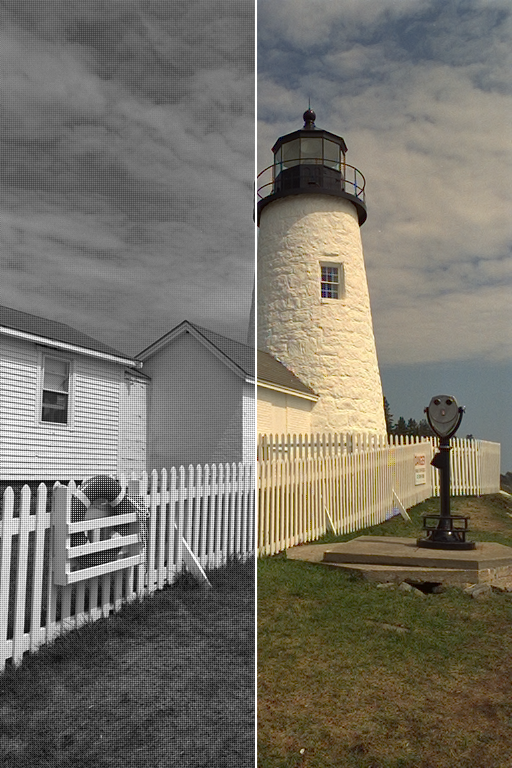A Python package implementing various CFA (Colour Filter Array) demosaicing algorithms and related utilities.
It is open source and freely available under the BSD-3-Clause terms.
Table of Contents
The following CFA (Colour Filter Array) demosaicing algorithms are implemented:
- Bilinear
- Malvar (2004)
- DDFAPD - Menon (2007)
Various usage examples are available from the examples directory.
Because of their size, the resources dependencies needed to run the various examples and unit tests are not provided within the Pypi package. They are separately available as Git Submodules when cloning the repository.
Colour - Demosaicing requires various dependencies in order to run:
Once the dependencies are satisfied, Colour - Demosaicing can be installed from the Python Package Index by issuing this command in a shell:
pip install --user colour-demosaicing
The overall development dependencies are installed as follows:
pip install --user 'colour-demosaicing[development]'
If you would like to contribute to Colour - Demosaicing, please refer to the following Contributing guide for Colour.
The bibliography is available in the repository in BibTeX format.
The main technical reference for Colour - Demosaicing is the API Reference.
The Code of Conduct, adapted from the Contributor Covenant 1.4, is available on the Code of Conduct page.
The Colour Developers can be reached via different means:










